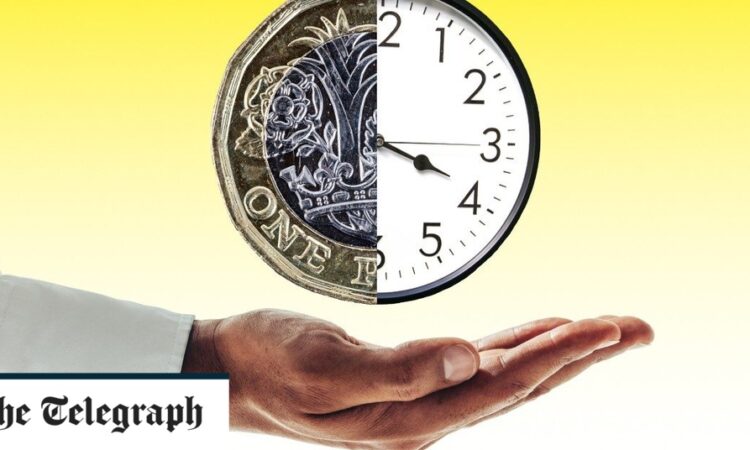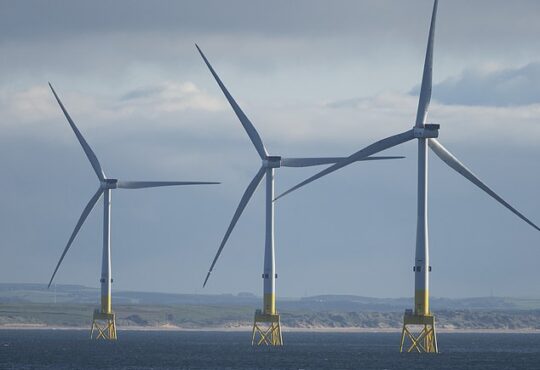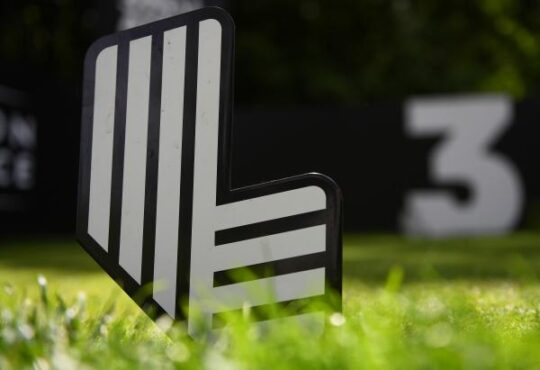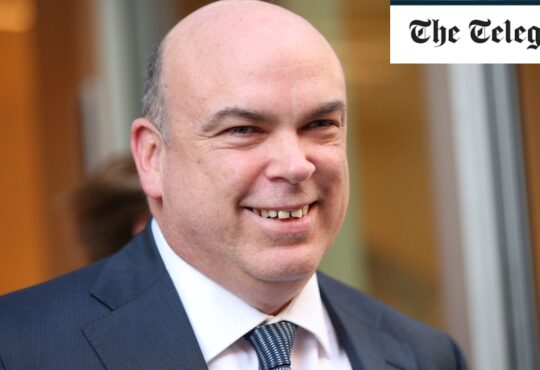
How much income should I take?
The golden rule for drawdowns, generally used by experts, is to take no more than 4pc of your pot per year. This is to try to ensure you do not run out of money.
It is also possible to take some of your pension income and leave the rest invested where it is while retaining the ability to take further lump sums, whenever necessary.
Savers can also choose to draw down their entire pension pot in one fell swoop, although those who choose to do this should be aware of the potential tax implications. Unless your pot is very small then it would lead to a hefty tax charge.
Another option is to purchase an annuity, which pays a guaranteed income for life.
Now read: Ten things to do before retirement (or risk your pension falling short)
When should I drawdown my private pension?
You can begin drawing down on your pension at 55, but accessing your pot too soon could cost you thousands.
Analysis by pension firm Aegon for Telegraph Money suggested that someone with a £400,000 pension pot would be £24,618 worse off after five years if they take their 25pc lump sum too soon.
Assuming an investment return of 4.5pc a year, the £100,000 would generate returns of £24,618 over five years if left invested.
If the sum were placed in an easy-access savings account at 2.7pc, close to the average current offering, over the same five-year period, it would earn around half of that: £12,327.
Steven Cameron, pensions director at provider Aegon, warned that retirees should not be too hasty in starting to drawdown – and should consider whether they really need the 25pc lump sum.
“Just because you can take this lump sum from as early as age 55, doesn’t mean you should and indeed there are many good reasons for not taking it until you actually have a purpose in mind for using it,” he said.
“There can be many tax considerations too, especially if you are still working and earning an income and considering also starting to take an income from your pension.”
Jamie Sexton, of financial advice firm True Potential, said a flexible approach might work better for many savers.
“A lot of people take the full 25pc when they reach 55 but they then often leave it sitting in a savings account for a few years, generating little to no growth,” he added.
“For many, a better approach could be to withdraw your 25pc allowance in instalments as part of a flexi-access pension.”
Drew Nutsford of investment manager Waverton, said savers who didn’t need to take the lump sum upfront could reap a larger tax benefit later if their pot continued to grow.
He said: “This option has several benefits, as should your pension value continue to increase, the monetary amount of your tax-free cash entitlement can also increase.”
Now read: The cheap pensions that leave you £22,000 better off in retirement
What fees and charges will I pay for a pension drawdown?
There are costs associated with drawing down from a private pension and charges will vary from provider to provider.
A 2022 Which? investigation found that the difference between the most and least expensive schemes for a £260,000 pot was nearly £18,000 over a 20-year period. Hence, it is vital to shop around before committing to a drawdown scheme.
Charges can include set-up fees, annual administration and platform charges. There could also be various investment charges if you change your investments.
While some companies charge flat annual fees, others use percentage-based calculations for their charges.
Some also have tapered charges, with the charge dropping or increasing above a certain pot value.






